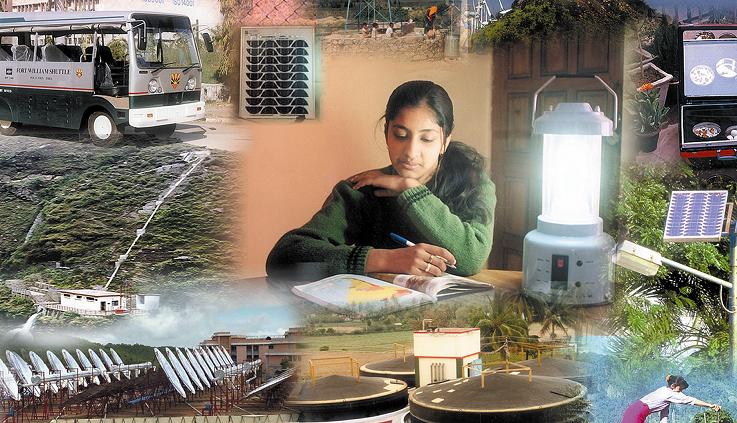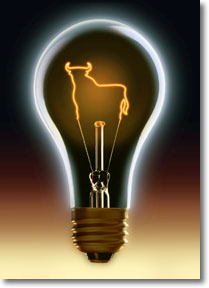In the past century, it has been seen that the consumption of non-renewable sources of energy has caused more environmental damage than any other human activity. Electricity generated from fossil fuels such as coal and crude oil has led to high concentrations of harmful gases in the atmosphere. This has in turn led to many problems being faced today such as ozone depletion and global warming. Vehicular pollution has also been a major problem.

Therefore, alternative sources of energy have become very important and relevant to today’s world. These sources, such as the sun and wind, can never be exhausted and therefore are called renewable. They cause less emissions and are available locally. Their use can, to a large extent, reduce chemical, radioactive, and thermal pollution. They stand out as a viable source of clean and limitless energy. These are also known as non-conventional sources of energy. Most of the renewable sources of energy are fairly non-polluting and considered clean though biomass, a renewable source, is a major polluter indoors.
Under the category of renewable energy or non-conventional energy are such sources as the sun, wind, water, agricultural residue, firewood, and animal dung. The non-renewable sources are the fossil fuels such as coal, crude oil, and natural gas. Energy generated from the sun is known as solar energy. Hydel is the energy derived from water. Biomass –firewood, animal dung, biodegradable waste from cities and crop residues- is a source of energy when it is burnt. Geothermal energy is derived from hot dry rocks, magma, hot water springs, natural geysers, etc. Ocean thermal is energy derived from waves and also from tidal waves.



